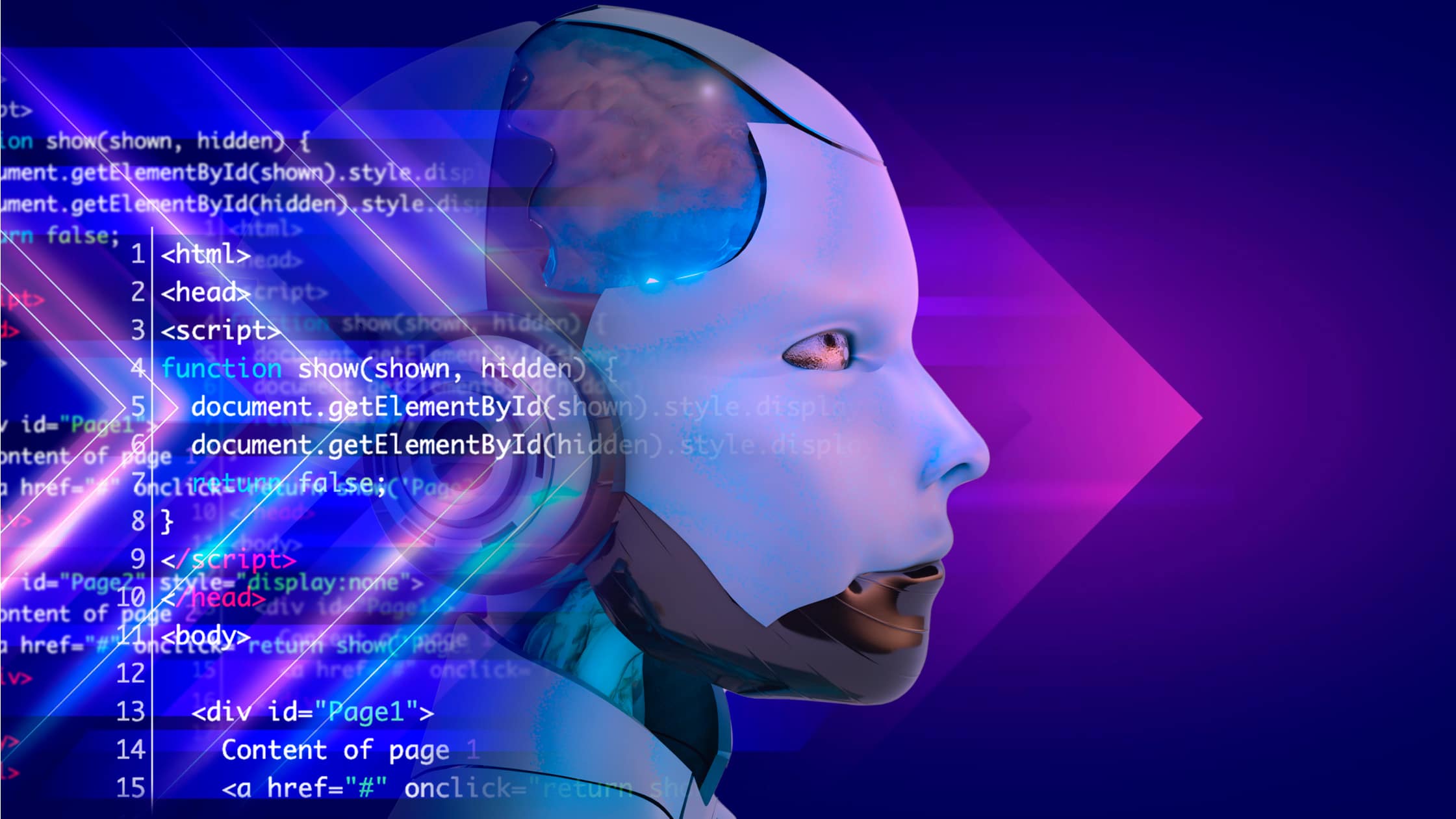Adversarial Robustness refers to the ability of an artificial intelligence (AI) or machine learning (ML) system to maintain reliable performance when faced with adversarial inputs. These specially crafted data inputs fool the model into making incorrect or unintended predictions.
Robust models can resist these attacks and continue to function accurately, even when adversaries attempt to manipulate them using subtle, often invisible, changes.
What are Adversarial Attacks?
An adversarial attack is an intentional attempt to trick a machine learning model by making small, carefully crafted changes to its input. These changes are usually so minor that they are not noticeable to humans, but they can drastically change the model’s output.
For example, adding slight noise to an image of a cat may cause a well-trained model to misclassify it as a dog.
Why Adversarial Robustness Matters
AI systems are increasingly used in critical applications such as self-driving cars, security systems, medical diagnosis, and financial services. A lack of robustness can lead to dangerous or costly outcomes.
Improving adversarial robustness helps protect against security threats, ensure model reliability in real-world settings, build user trust, avoid safety failures and legal risks, and improve the long-term performance of deployed systems.
Types of Adversarial Attacks
Adversarial attacks can be classified based on various factors, including how much the attacker knows about the model.
|
Type |
Explanation |
|
White-box Attacks |
The attacker has full access to the model, including architecture and weights. |
|
Black-box Attacks |
The attacker does not know the internal structure but can query the model. |
|
Targeted Attacks |
Aim to force the model to output a specific wrong result. |
|
Untargeted Attacks |
Any wrong classification is considered a success for the attacker. |
|
Physical Attacks |
Real-world manipulations like stickers on stop signs to fool computer vision. |
Examples of Adversarial Inputs
1. Image Classification
An image of a panda is slightly modified to cause a model to classify it as a gibbon, despite no visible difference to human eyes.
2. Voice Commands
Attackers use altered audio that sounds like noise but is interpreted by voice assistants as valid commands.
3. Spam Filters
Adversaries craft emails with slight obfuscation (e.g., using “Fr33 M0ney” instead of “Free Money”) to bypass spam detection.
Techniques Used in Adversarial Attacks
FGSM (Fast Gradient Sign Method)
FGSM is a simple and efficient technique for generating adversarial examples. It works by adding noise to the input data in the direction of the gradient of the model’s loss function. This small perturbation causes the model to misclassify the input. FGSM is fast because it only requires a single step of gradient calculation, making it a popular choice for testing model vulnerability.
PGD (Projected Gradient Descent)
PGD is a more advanced adversarial attack compared to FGSM. It involves multiple iterations of adding small perturbations to the input data, progressively increasing the misclassification error. After each step, the perturbation is projected back into a constrained region, which keeps the attack effective while limiting the changes to the input. This makes PGD more powerful and harder to defend against than FGSM.
Carlini-Wagner Attack
The Carlini-Wagner attack is a sophisticated method that aims to minimize the difference between the adversarial input and the original input, while maximizing the model’s error. This is done by optimizing a specially designed loss function. The result is highly effective adversarial examples often imperceptible to humans, making this technique particularly dangerous for robust models.
DeepFool
DeepFool is an iterative attack that makes minimal changes to the input that cause the model to misclassify it. It works by gradually modifying the input data until the model’s output changes, using a series of small, calculated steps. DeepFool is known for being an efficient and precise attack, often requiring fewer modifications than other techniques.
ZOO Attack
The ZOO (Zeroth Order Optimization) attack is a black-box method, meaning it doesn’t require access to the model’s internal parameters or gradients. Instead, it estimates the gradient through model queries. By feeding different inputs and observing the resulting outputs, ZOO iteratively refines the perturbation to generate adversarial examples. Its flexibility allows it to target models where only the input-output behavior is accessible.
Adversarial Training
Adversarial training is one of the most common methods for improving robustness. It involves training the model on clean and adversarially modified data, which helps the model learn to resist such attacks.
While effective, adversarial training can be computationally expensive and, if not balanced correctly, may reduce the model’s accuracy on standard (clean) inputs.
Other Defense Strategies
1. Input Preprocessing
This involves filtering or transforming the input data to remove or reduce adversarial perturbations before it enters the model. Examples include image compression, denoising, or feature squeezing.
2. Gradient Masking
It limits an attacker’s ability to calculate useful gradients. However, more advanced attacks can often bypass this method.
3. Detection Mechanisms
These aim to identify and reject adversarial examples before they affect model predictions. Methods include outlier detection, anomaly scoring, and model uncertainty estimation.
4. Model Architecture Adjustments
Using robust model designs, such as adding noise layers, defensive distillation, or ensemble models, can improve resistance to adversarial manipulation.
Challenges in Adversarial Robustness
1. Trade-off with Accuracy
Improving robustness may reduce accuracy on normal data. It’s a balancing act to maintain both.
2. Lack of Universally Effective Defenses
No single defense protects against all attack types. Defense methods may work well on one type of attack but fail against others.
3. Computational Costs
Generating and training on adversarial examples, or applying defense techniques, can significantly increase training and inference time.
4. Transferability of Attacks
An adversarial input that works on one model might also fool another, even if they were trained differently. This increases the risk.
Applications Where Robustness Is Critical
Autonomous Vehicles
In autonomous vehicles, robustness is crucial to ensure the system correctly interprets road signs, pedestrians, and other objects, even when manipulated or obscured by adversarial inputs. Misreading these objects could lead to dangerous accidents, so robust AI is essential for safe navigation.
Healthcare AI
In healthcare, AI systems must be robust enough to provide accurate diagnoses despite potentially noisy, incomplete, or manipulated medical data. This ensures that decisions about patient care are based on reliable information, preventing harm due to errors or adversarial interference.
Facial Recognition
Facial recognition systems need robustness to avoid misidentifying individuals, mainly when adversarial techniques are used to alter images (e.g., using makeup or masks). Ensuring these systems can handle such challenges is key to maintaining security and privacy in applications like surveillance and authentication.
Finance & Trading
In finance and trading, predictive models must resist adversarial manipulation, as attacks on these models could lead to significant financial losses or fraud. Ensuring the robustness of these systems helps prevent exploitation and protects the integrity of market predictions.
Military/Defense AI
Military and defense AI systems, particularly those used for surveillance or targeting, require robustness to avoid manipulation in high-stakes decision-making. Adversarial attacks could mislead targeting systems or compromise defense strategies, so maintaining their resilience is critical for national security.
Measuring Adversarial Robustness
There are several ways to evaluate a model’s resistance to adversarial attacks:
1. Accuracy Under Attack: How well the model performs when exposed to adversarial examples.
2. Attack Success Rate: Percentage of adversarial inputs that cause the model to give wrong predictions.
3. Perturbation Size: The minimum change needed to fool the model. Smaller values indicate higher vulnerability.
4. Robustness Benchmarks: Tools like CleverHans, Foolbox, and RobustBench offer standardized attack scenarios and evaluation metrics.
Robustness vs. Generalization
While generalization is about how well a model performs on new, unseen real-world data, robustness is specifically about how well it resists attacks or malicious modifications. A model may generalize well but still fail catastrophically under adversarial conditions.
Improving robustness ensures that the model doesn’t just “memorize” data but truly learns meaningful and resistant patterns.
Ethical Considerations
Security & Privacy
A robust AI system helps prevent unauthorized manipulation or data misuse. This is especially important in sensitive domains like banking and healthcare.
Fairness
Some adversarial attacks can exploit model biases, reinforcing unfair outcomes. Robustness contributes to reducing this risk.
Accountability
If an AI system fails under adversarial pressure, organizations must be accountable. Investing in robustness reduces such risks and helps maintain public trust.
Best Practices for Enhancing Adversarial Robustness
Incorporate Adversarial Examples During Training
It’s important to include adversarial examples in the training data to improve a model’s resilience to adversarial attacks. By exposing the model to these malicious inputs during the learning process, it can learn to recognize and resist them, improving its ability to handle real-world attacks. This helps build more robust models capable of identifying distorted or manipulated data.
Use Multiple Defense Strategies
No single defense method is sufficient to protect against adversarial attacks. A combination of strategies, such as input filtering, adversarial training, and detection systems, should be implemented. By using various layers of defense, you create a more resilient system that can resist different types of attacks, increasing overall robustness and security.
Test Regularly
Regular testing with different adversarial attack methods is crucial for identifying vulnerabilities early. This allows developers to detect weaknesses in the model’s robustness and address them before deployment. Continuous testing ensures that AI systems resist new, evolving threats in adversarial environments.
Balance Accuracy and Robustness
It’s essential to strike a balance between model accuracy and adversarial robustness. While training with adversarial examples enhances robustness, monitoring performance on clean (non-attacked) and adversarial data is essential. This ensures the model remains usable and accurate in everyday scenarios without compromising its attack resilience.
Stay Updated with Research
The adversarial attacks and defenses field is rapidly evolving, so staying informed about new research is essential. Regularly reviewing recent findings helps teams stay ahead of emerging threats and adopt the most effective defense mechanisms, ensuring that models remain robust as attack techniques become more sophisticated.
Use Certified Defenses When Possible
Certified defenses provide theoretical guarantees about their robustness under specific conditions. Although these methods are rare and often complex to implement, they offer stronger assurance against adversarial attacks compared to heuristic defenses. Whenever possible, incorporating certified defenses into the model can significantly enhance security and reliability.
Tools and Frameworks for Adversarial Testing
|
Tool |
Purpose |
|
CleverHans |
A library for benchmarking adversarial robustness. |
|
Foolbox |
Helps create and test adversarial examples. |
|
RobustBench |
Provides a standardized benchmark for robust models. |
|
Adversarial Robustness Toolbox (ART) |
Offers attacks, defenses, and metrics in one place. |
The Future of Adversarial Robustness
The focus on security and robustness will intensify as AI becomes more widespread. Emerging trends include:
-
Certified Robustness: Mathematically proven guarantees for specific threat models.
-
Robust Pre-training: Using pre-trained models that are already designed to resist perturbations.
-
Explainability Integration: Linking robustness with explainable AI to understand when and why models fail.
-
Human-AI Collaboration: Combining machine judgment with human oversight to reduce adversarial risks.
In the long term, adversarial robustness will be seen as a core requirement for trustworthy AI, just like accuracy or scalability.
Adversarial Robustness is essential for building safe, secure, and reliable AI systems. As adversaries become smarter, developers and organizations must invest in defense mechanisms, testing protocols, and robust model design. While perfect robustness may not exist, thoughtful design, continuous evaluation, and layered defenses can make AI systems significantly harder to attack and more trustworthy.



